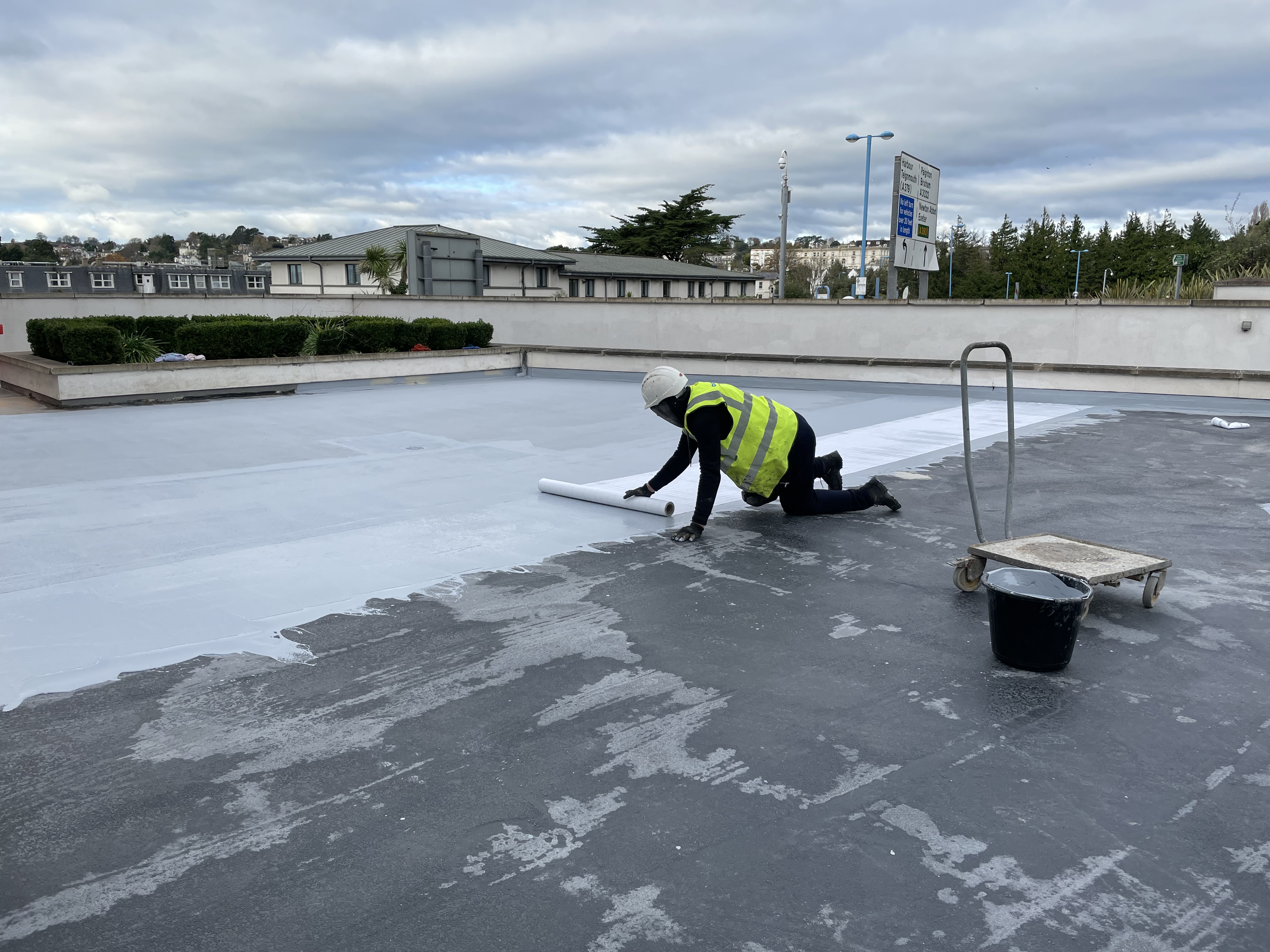Concrete vs Floor Screeds: What is the difference?
For the untrained eye, it may be challenging to see the difference between concrete and floor screeds. This can sound strange, given that both materials are made from the same basic ingredients: cement, aggregates, and water.
The basic chemistry is the same for both, concrete and screed. The cement and water form a paste and coat the surface of the sand or the aggregates, and the cement paste hardens by a process called hydration, forming a hardened mass of high strength and durability.
However, the size of aggregates, the grade of the cement, and the mix consistency and finish are different – because both materials are used for different purposes.
Concrete has a much coarser mixture than screed, consisting of larger, hard-core aggregates, which are the key elements responsible for its durability and long-lasting strength.
Because concrete has the potential to hit very high strengths, it is used across the construction industry for structural purposes – including floor slabs. It is the most used man-made material in the world.
How do floor screeds differ to concrete?
Screed, however, is a smoother mix, consisting of considerably less aggregates to that of the mix used for concrete.
Cement screed is usually applied on top of the concrete slab and is most commonly used as a finishing layer on internal floors, or to level the floor prior to final floor coverings carpet, tiles, natural stone, linoleum, wood flooring, resin coatings etc.
Screeds are required when a colourful or functional floor is needed rather than a bare concrete surface. For industrial purposes, or commercial locations, which will undergo frequent traffic, a more robust screed is required than is used in DIY or residential projects.
Most screeds are used for internal purposes only, often covering heating systems, acoustic or thermal insulation. Polymer-modified screeds can be installed in external locations, as they are hard wearing, water resistant and able to withstand a more rigorous environment.
Traditionally, screeds are sand and cement mixtures, blended and applied on site. However, these are often unpredictable as the ratios and properties cannot be exactly determined and so can lead to a weak flooring layer liable to crack, peel or collapse without warning.
To counter this unreliability there are several proprietary screeds and kits available on the market offering enhanced strength and a faster application speed that will react more predictably.










